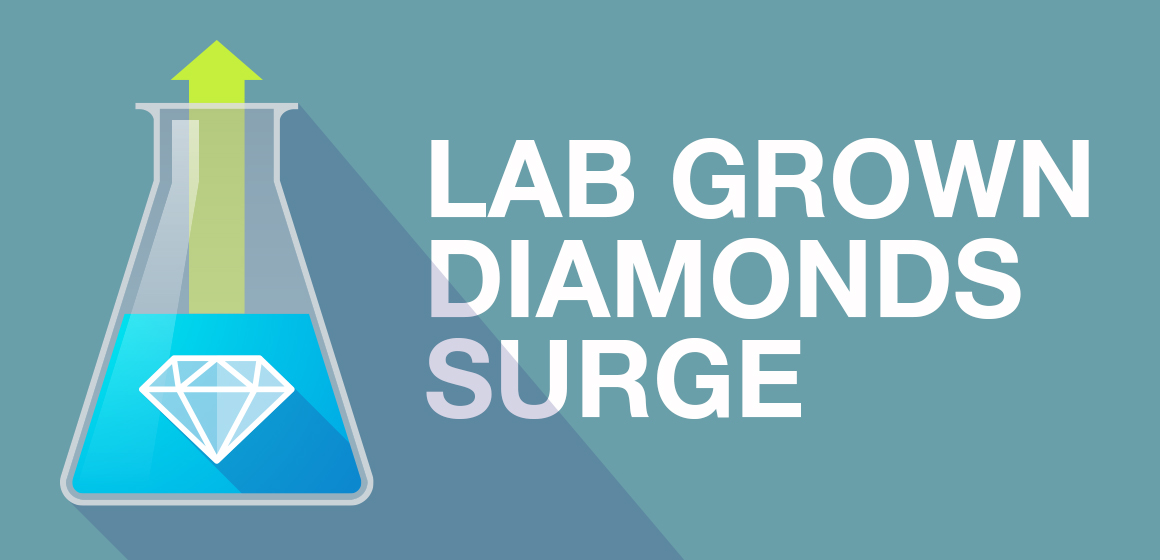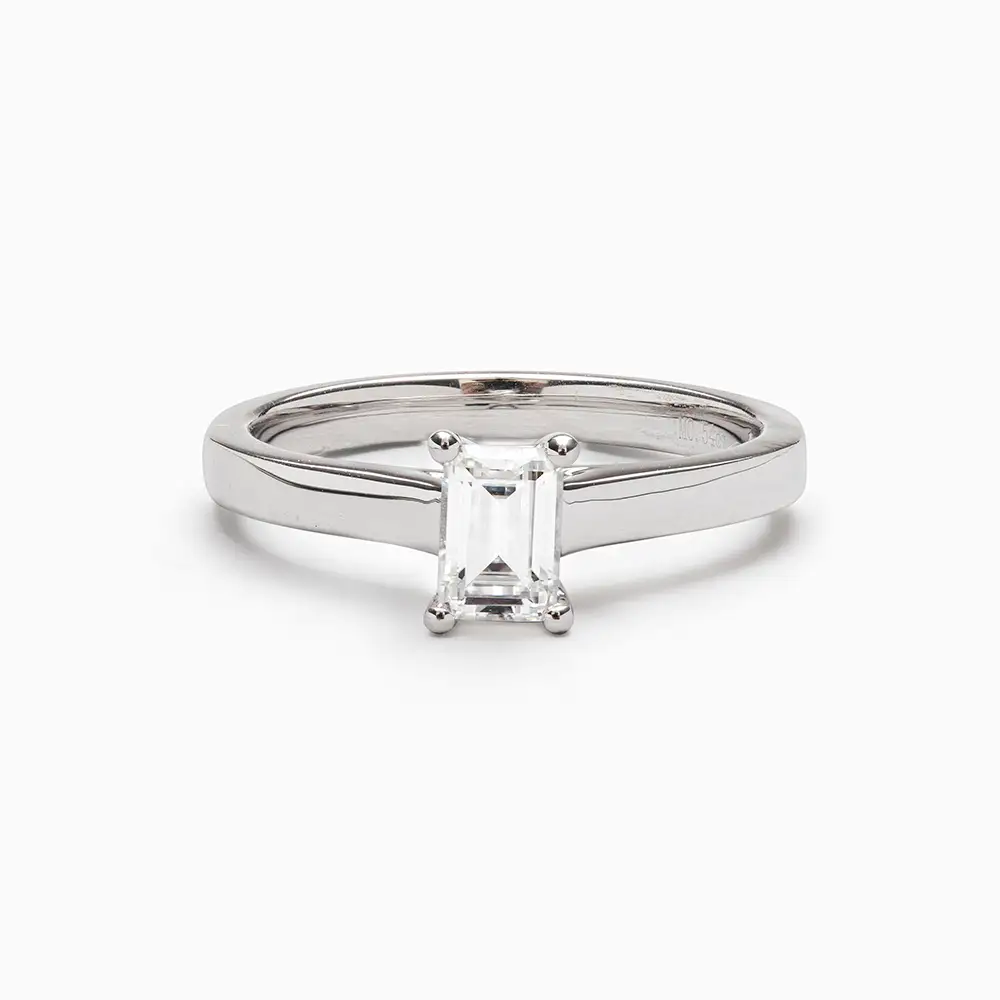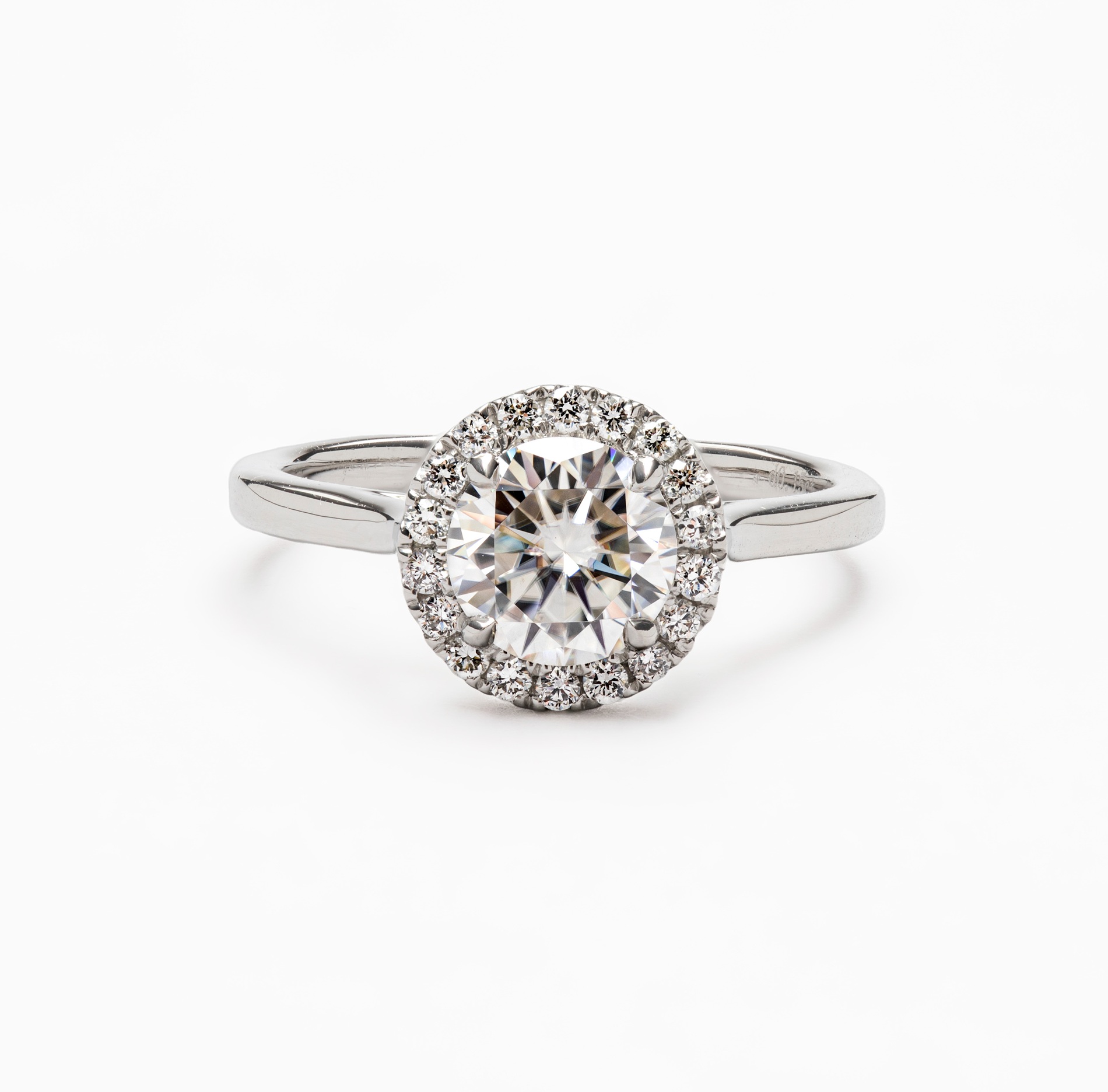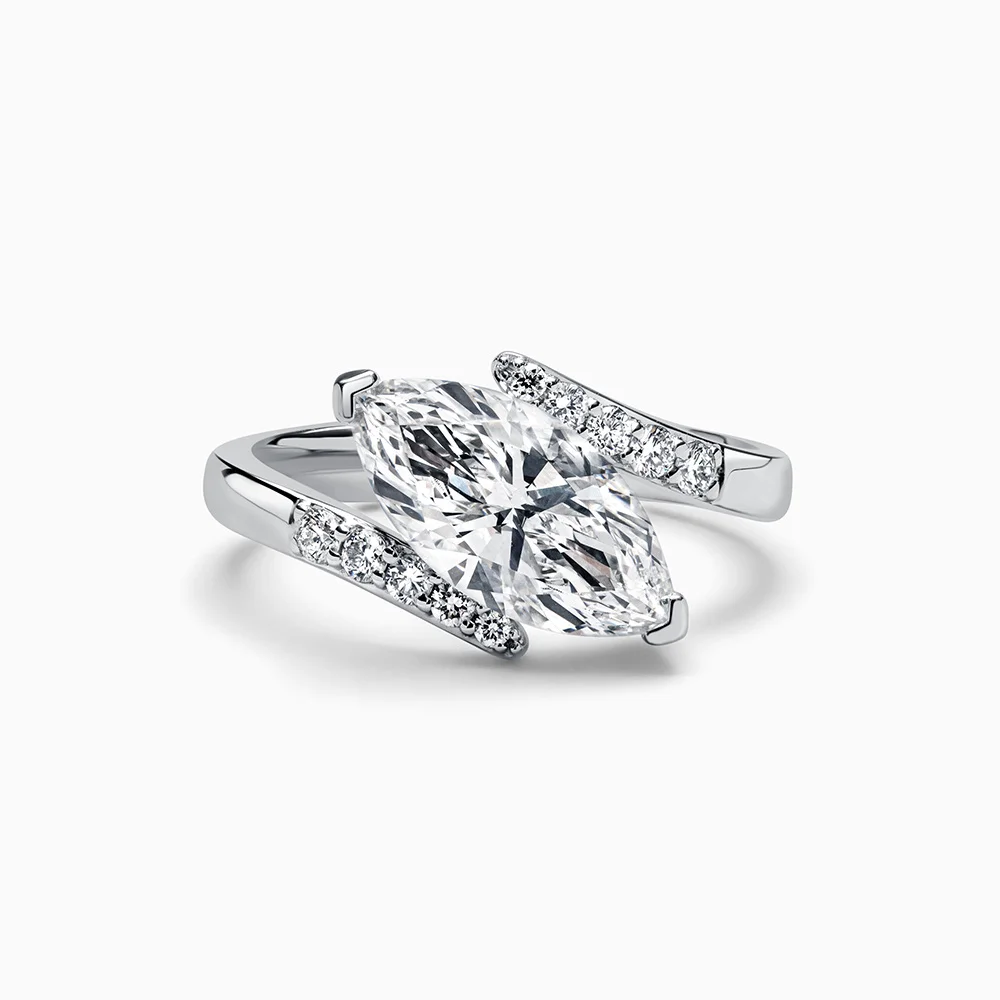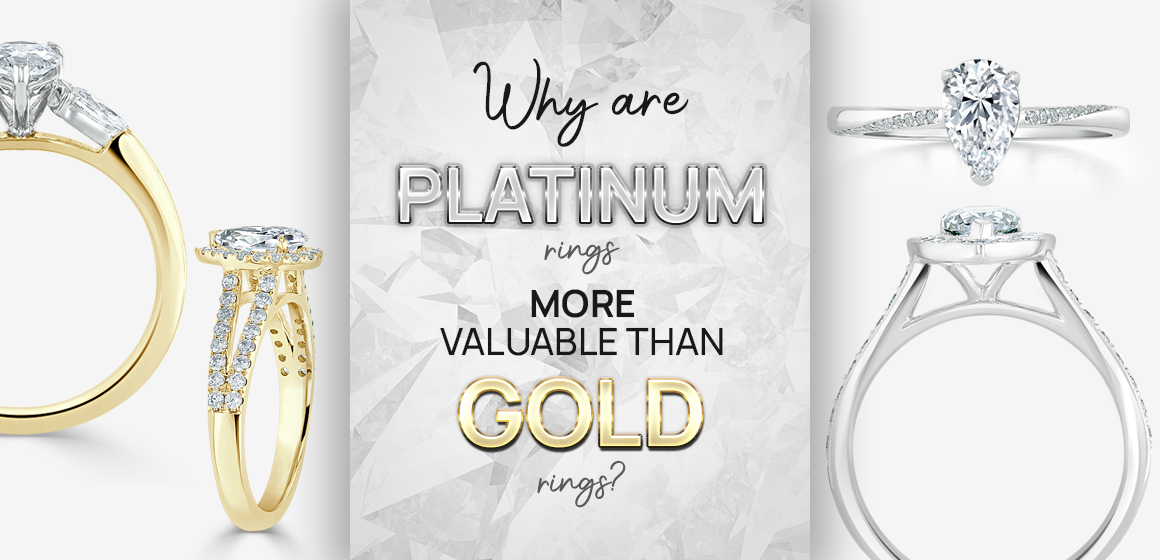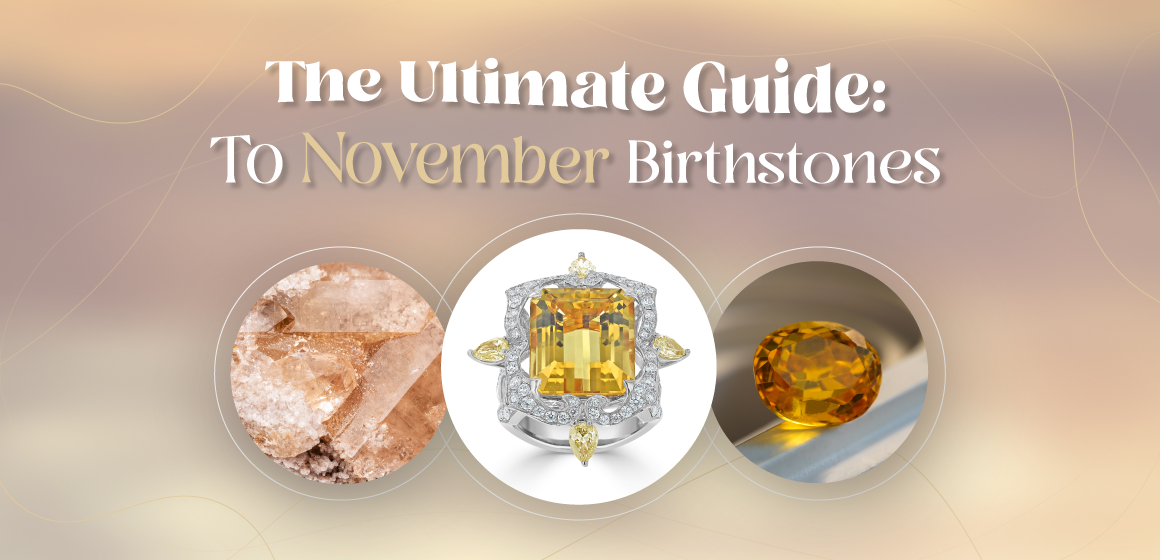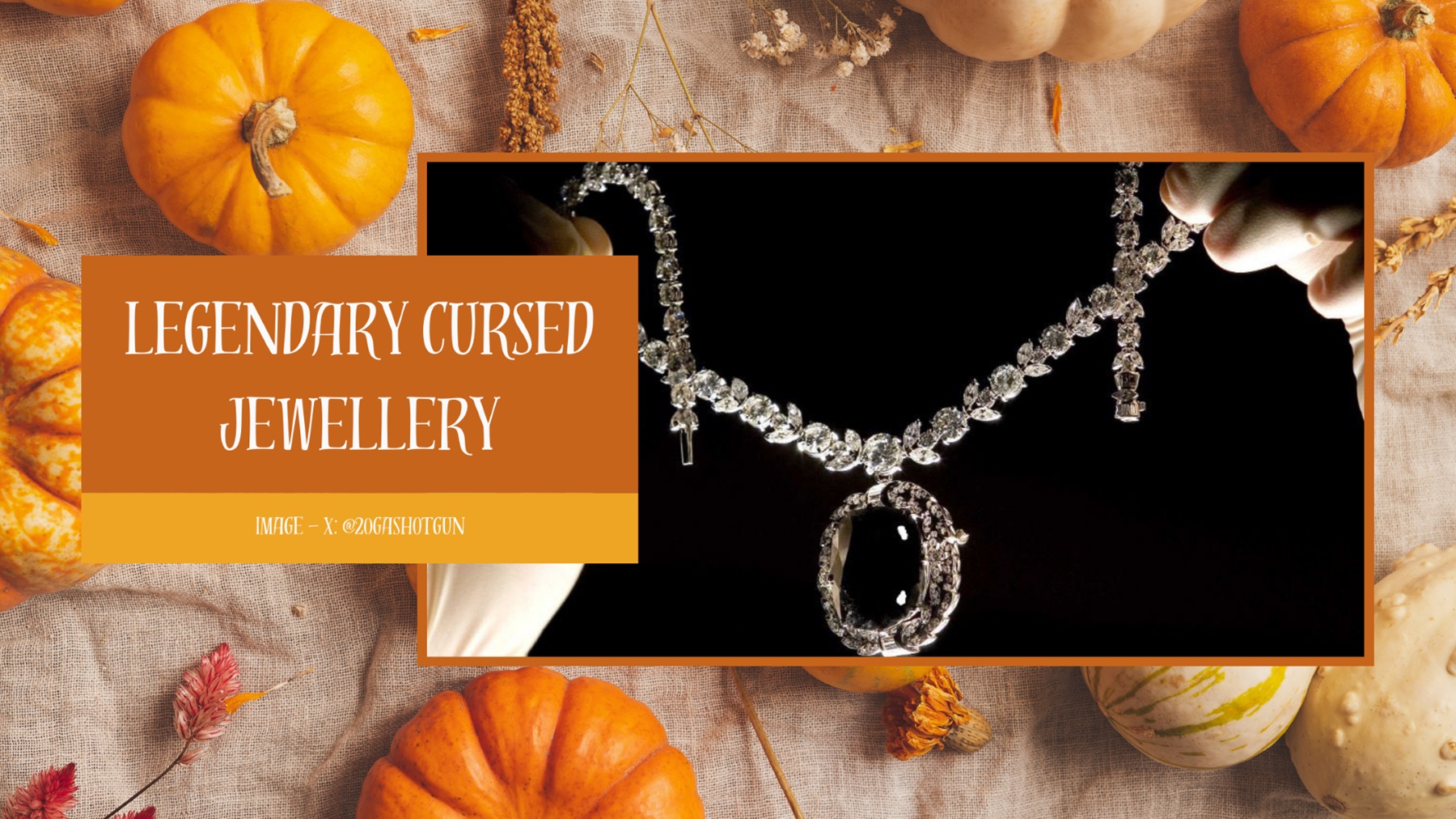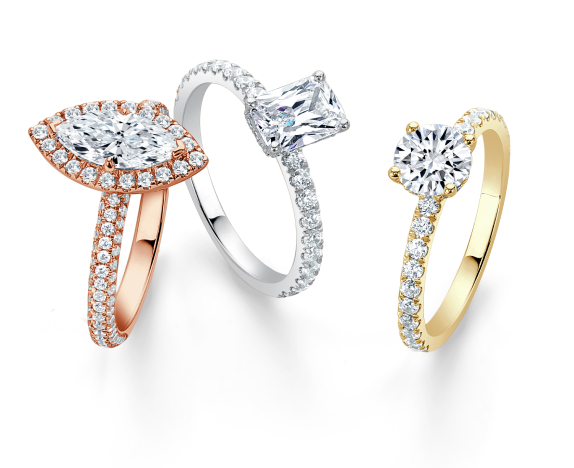Choosing the perfect engagement ring is tough, as there are so many options to consider when it comes to diamonds.
Not only do you have to consider the clarity, cut, colour, and carat, but now, there’s also the choice between a natural or lab-grown diamond – so if you feel slightly overwhelmed, it’s no surprise.
Although lab-grown diamonds have been available since the 1970’s, it’s not until the last decade that consumers have really adapted, paving the way for a new global jewellery trend.
Their emergence, virtually indistinguishable from mined diamonds, has spurred discussion regarding the definition of a diamond, natural diamond mining processes, and the environmental ramifications of both approaches.
With people catching on and lab-created diamonds increasingly growing in popularity, leading diamond experts at Steven Stone have put together the below guide.
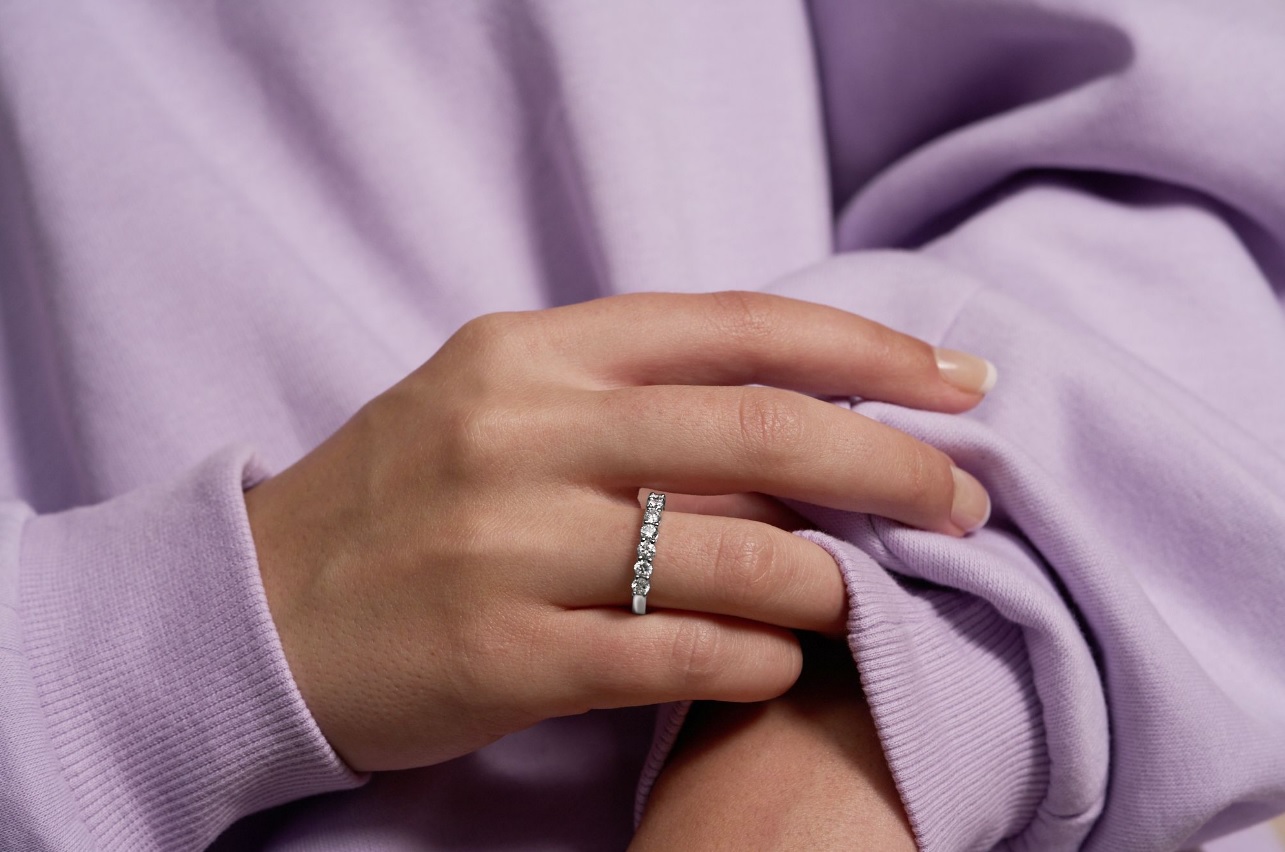
What is a lab-grown diamond?
A lab-created diamond is “produced” within a laboratory using cutting-edge technology that mimics the natural diamond growth process. As a result, man-made diamonds are chemically, physically, and visually identical to those found beneath the Earth’s surface. They have a shorter supply chain and are just as stunning and durable as standard diamonds.
In fact, without specific equipment that scans for crystal patterns and imperfections, even industry specialists can’t detect the difference. In 2021, jewellery brands see their potential and have opted to use only man-made diamonds when making stunning engagement rings.
A diamond considered synthetic and professionally created in a laboratory may not correspond to one’s romantic ideas. However, take a few moments to learn about the advantages of a lab-grown diamond engagement ring. Lab-grown diamond engagement rings are just as dazzling, glittering, and eye-catching as real diamond engagement rings.
Budget-friendly
When it comes to cost, lab-grown diamonds are an easy choice. One of the most significant advantages of acquiring a lab-grown diamond engagement ring is that a significantly larger carat size may be obtained for the same price as a smaller mined diamond with equivalent or superior 4Cs: cut, colour, clarity, and carat.
Today, lab diamonds are 40-50 percent less costly than comparable-quality mined diamonds. This is due to two factors: the supply chain for lab-grown diamonds is far more efficient, and diamond mining businesses’ earnings are relatively significant.
Customisation
Choosing a lab-grown diamond does not limit your options when it comes to style. Lab-grown diamond engagement rings are available in every colour, shape, carat, and cut.
Millenials and Gen Z are more in favour of lab-grown diamonds thanks to the ethical benefits they offer. 70% of millennials recently said they would consider a lab-grown diamond for their engagement ring. Because of this, lab-grown diamond rings are often designed in modern styles. This can include styles like the concealed halo, geometric shapes, and modern twist patterns.
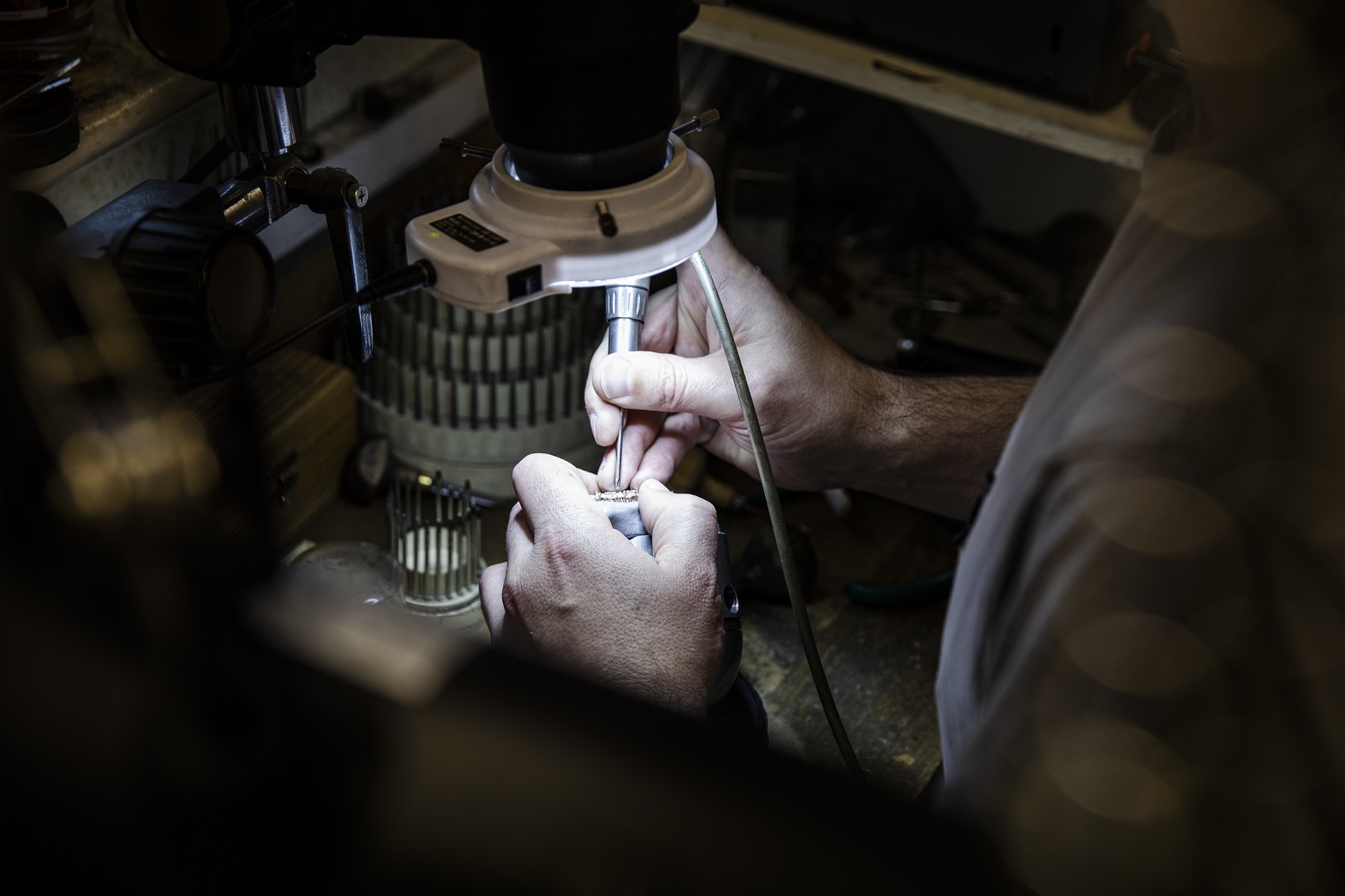
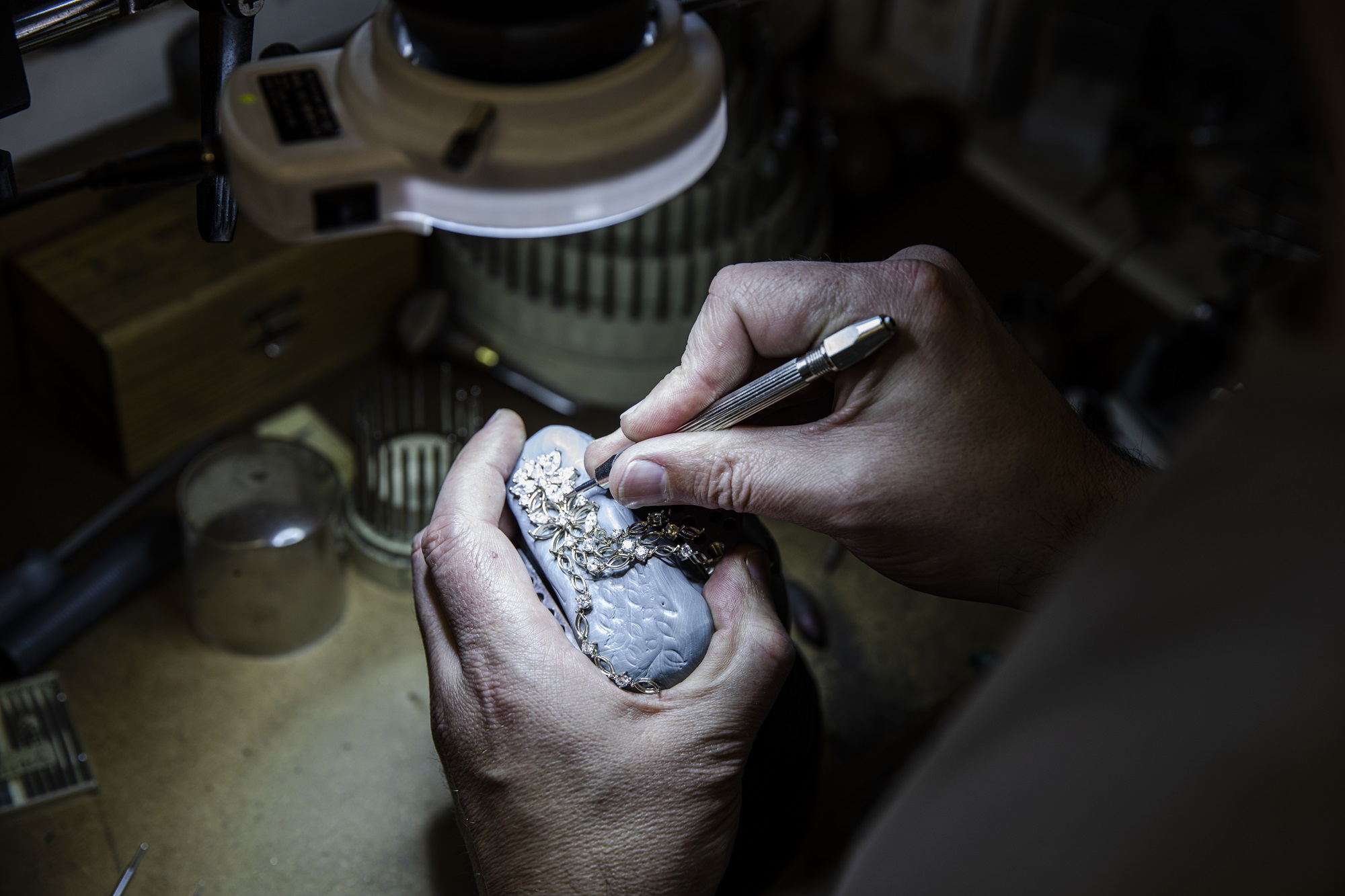
Superior quality
In comparison to natural diamonds, lab-grown diamond rings feature fewer flaws and less strain in the crystal structure. While you have to pay thousands of pounds for a high clarity natural diamond with minimal inclusions, you can get the same physical appearance from a lab-grown diamond, without the cost.
There’s no doubt that lab-grown diamonds are here to stay, and now is the time to get on board. Lab-grown diamond engagement rings are undeniably fashionable, as well as comprehensive, accessible, and reasonable.
If you’re looking for some jewellery inspiration, why not take a look at our full collection? Whether you’re after a necklace or some diamond earrings, we’ve got you covered. We also have a vast range of engagement and wedding rings.
If you don’t see anything that takes your fancy, we also offer a bespoke service, where our designers will create a unique piece of jewellery that ticks all the boxes.
Follow us on our socials
Pop over to our social platforms to keep up to date with Steven Stone’s latest jewellery content and news.
